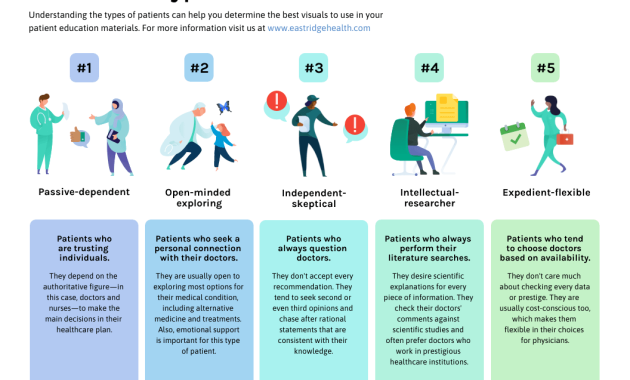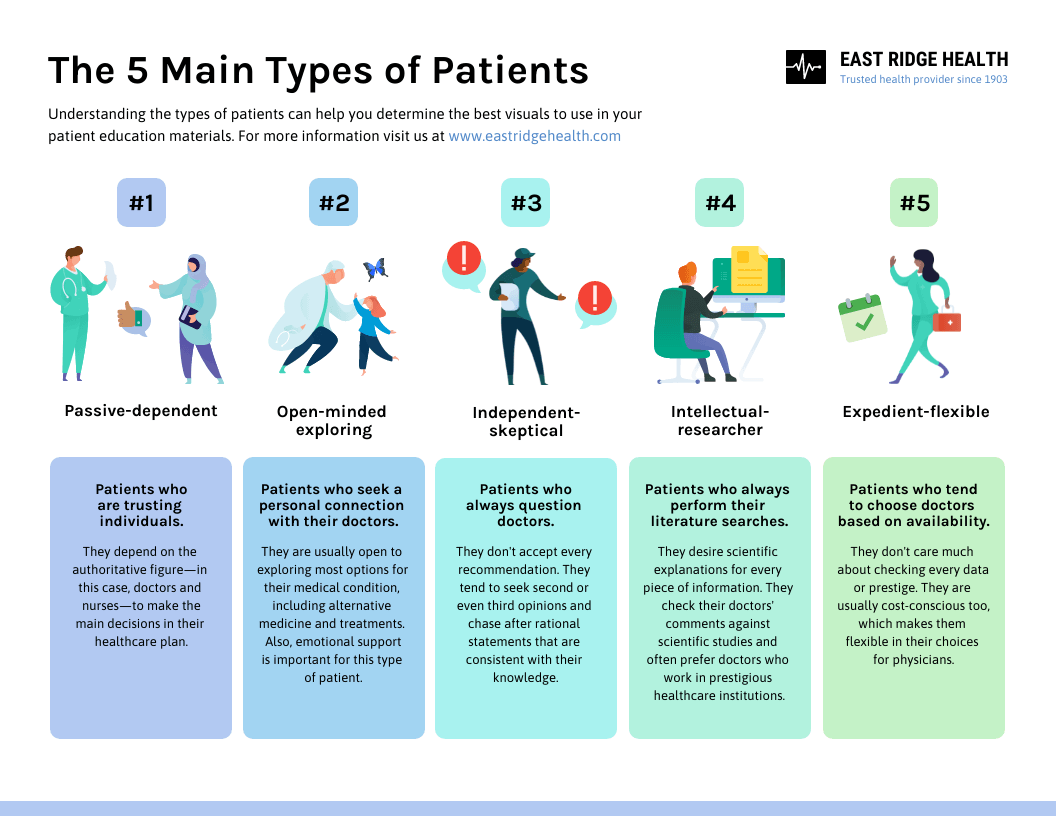
Diabetes Doctor-Approved Home Care Strategies: Empowering You to Thrive
Living with diabetes requires a multifaceted approach, encompassing medical interventions, lifestyle adjustments, and dedicated self-management. While regular check-ups with your healthcare provider are essential, a significant portion of diabetes care unfolds within the walls of your home. This article delves into diabetes doctor-approved home care strategies, providing actionable insights and evidence-based recommendations to empower you to effectively manage your condition and improve your overall well-being.
The prevalence of diabetes continues to rise globally, making it a critical public health concern. Understanding the disease, its complexities, and the best practices for self-management is more important than ever. This guide aims to equip you with the knowledge and tools necessary to navigate the challenges of diabetes and thrive in everyday life. We will explore various aspects of diabetes doctor-approved home care strategies, covering topics from blood glucose monitoring and medication management to diet, exercise, and stress reduction.
Understanding the Foundation: Blood Glucose Monitoring
Regular blood glucose monitoring is the cornerstone of effective diabetes management. It provides real-time feedback on how your body responds to food, exercise, and medication. This information is crucial for making informed decisions about your treatment plan. The diabetes doctor-approved home care strategies begin with a solid understanding of how and when to monitor your blood glucose levels.
Your doctor will provide specific guidance on the frequency of monitoring, which typically depends on your type of diabetes, treatment plan, and individual needs. For instance, people on insulin may need to check their blood sugar multiple times a day, while those on oral medications or managing with diet and exercise may monitor less frequently. Regardless of the frequency, it’s essential to adhere to your doctor’s recommendations.
Mastering the Basics of Blood Glucose Testing
The process of blood glucose testing involves several steps. First, wash your hands thoroughly with soap and warm water. Insert a test strip into your glucose meter. Use an alcohol swab to clean the fingertip you plan to prick. Prick your finger with a lancet to obtain a small blood sample. Apply the blood to the test strip and wait for the meter to display your blood glucose reading. Record the reading in your logbook, along with the date, time, and any relevant information, such as the food you ate or the activity you performed. This logbook is a valuable tool for tracking your blood sugar patterns and identifying trends.
Interpreting Your Blood Glucose Readings
Understanding your blood glucose targets is crucial. Your doctor will establish personalized target ranges based on your specific needs. Generally, the American Diabetes Association (ADA) recommends the following targets for adults with diabetes:
- Before meals: 80-130 mg/dL
- Two hours after meals: Less than 180 mg/dL
However, these are general guidelines. Always follow your doctor’s specific recommendations. If your blood glucose readings consistently fall outside of your target range, contact your healthcare provider for guidance. This is a vital component of diabetes doctor-approved home care strategies, as it provides the necessary data to adjust your treatment plan effectively.
Medication Management: A Key Component
Taking your diabetes medications as prescribed is paramount. This includes oral medications, insulin, or injectable medications. Adhering to your medication schedule and dosage is critical for maintaining stable blood glucose levels and preventing complications. This is a core element of diabetes doctor-approved home care strategies.
Organizing Your Medications
Creating a system for managing your medications can help you stay on track. Consider using a pill organizer to pre-sort your medications for each day of the week. Set reminders on your phone or use a medication tracking app to help you remember when to take your medications. Keep a list of all your medications, including dosages and times, and share this list with your healthcare providers.
Understanding Insulin Administration
If you take insulin, it’s essential to learn the proper techniques for injection. Your healthcare provider or a certified diabetes educator will teach you how to administer insulin safely and effectively. This includes selecting the correct injection site, rotating injection sites to prevent lipohypertrophy (a build-up of fatty tissue), and understanding the different types of insulin and their onset and duration of action. Following these guidelines is a crucial aspect of diabetes doctor-approved home care strategies.
[See also: Insulin Injection Techniques for Diabetes Patients]
Diet and Nutrition: Fueling Your Body Right
Nutrition plays a pivotal role in managing diabetes. A well-balanced diet can help regulate blood glucose levels, maintain a healthy weight, and reduce the risk of complications. The diabetes doctor-approved home care strategies emphasize the importance of making informed food choices.
Creating a Diabetes-Friendly Meal Plan
Work with a registered dietitian or certified diabetes educator to develop a personalized meal plan. The plan should consider your individual needs, preferences, and activity level. Focus on consuming a variety of nutrient-rich foods, including fruits, vegetables, whole grains, lean protein, and healthy fats. Limit your intake of processed foods, sugary drinks, and saturated and trans fats.
Carbohydrate Counting: A Powerful Tool
Carbohydrate counting is a method of tracking the amount of carbohydrates you consume in each meal and snack. This helps you manage your blood glucose levels more effectively. Learn how to read food labels and estimate the carbohydrate content of meals. Your healthcare team can provide guidance on carbohydrate counting and help you determine your target carbohydrate intake for each meal.
[See also: The Ultimate Guide to Carbohydrate Counting for Diabetics]
Physical Activity: Moving Towards Better Health
Regular physical activity is beneficial for people with diabetes. Exercise helps improve insulin sensitivity, lower blood glucose levels, and reduce the risk of cardiovascular disease. Incorporating physical activity into your daily routine is a key element of diabetes doctor-approved home care strategies.
Choosing the Right Exercise Regimen
Consult with your doctor before starting any new exercise program. They can help you determine the types of activities that are safe and appropriate for you. Aim for at least 150 minutes of moderate-intensity aerobic exercise per week, such as brisk walking, swimming, or cycling. Include strength training exercises at least two times per week to build muscle mass and improve insulin sensitivity.
Monitoring Blood Glucose During Exercise
Before, during, and after exercise, monitor your blood glucose levels. This helps you understand how your body responds to physical activity and adjust your insulin or medication dosage accordingly. Carry a source of fast-acting carbohydrates, such as glucose tablets or juice, in case your blood sugar drops too low.
Stress Management: A Crucial Piece of the Puzzle
Stress can significantly impact blood glucose levels. When you’re stressed, your body releases hormones that can raise your blood sugar. Managing stress is therefore an important part of diabetes doctor-approved home care strategies.
Implementing Stress-Reducing Techniques
Practice relaxation techniques, such as deep breathing exercises, meditation, or yoga. Engage in activities you enjoy, such as spending time in nature, listening to music, or pursuing hobbies. Seek support from friends, family, or a therapist if you’re struggling to manage stress.
[See also: The Impact of Stress on Diabetes Management]
Foot Care: Preventing Complications
People with diabetes are at increased risk of foot problems, such as nerve damage (neuropathy) and poor circulation. Regular foot care is essential for preventing complications. This is a critical part of diabetes doctor-approved home care strategies.
Daily Foot Inspections
Examine your feet daily for any cuts, blisters, sores, redness, or swelling. Use a mirror to inspect the bottoms of your feet if you have difficulty seeing them. Wash your feet daily with warm water and mild soap, and dry them thoroughly, especially between your toes. Wear comfortable shoes and socks that fit properly.
Professional Foot Care
Visit a podiatrist regularly for professional foot care. They can identify and treat any foot problems early on. Avoid walking barefoot, and never try to treat corns or calluses yourself. [See also: Diabetic Foot Care: A Comprehensive Guide]
Skin Care: Maintaining Healthy Skin
Diabetes can make your skin more prone to dryness and infections. Proper skin care can help maintain healthy skin and prevent complications. Implementing these practices is part of the broader diabetes doctor-approved home care strategies.
Moisturizing Regularly
Apply moisturizer daily, especially after bathing. Choose a fragrance-free moisturizer to avoid irritation. Avoid hot baths and showers, as they can dry out your skin. Drink plenty of water to stay hydrated.
Treating Skin Infections Promptly
If you develop any skin infections, such as boils or fungal infections, seek medical attention promptly. Do not attempt to treat them yourself. Your doctor can prescribe appropriate medications to address the infection.
Staying Informed and Educated
The field of diabetes care is constantly evolving. New research and advancements are continually emerging. Staying informed and educated about the latest diabetes doctor-approved home care strategies is crucial.
Attending Diabetes Education Programs
Participate in diabetes education programs to learn more about diabetes management. These programs can provide valuable information on various topics, including medication management, nutrition, exercise, and coping with stress. Ask your healthcare provider for recommendations on reputable diabetes education programs in your area.
Staying Connected with Your Healthcare Team
Maintain regular communication with your healthcare team. Ask questions, share your concerns, and report any changes in your health. Your healthcare team is a valuable resource for guidance and support. They can help you implement diabetes doctor-approved home care strategies effectively.
Conclusion: Embracing a Proactive Approach
Effectively managing diabetes at home requires a proactive and informed approach. By embracing the diabetes doctor-approved home care strategies outlined in this article, you can empower yourself to live a healthier and more fulfilling life. Remember to consistently monitor your blood glucose levels, take your medications as prescribed, follow a healthy diet, engage in regular physical activity, manage stress, and prioritize foot and skin care. Stay connected with your healthcare team, stay informed about the latest advancements in diabetes care, and celebrate your successes along the way. With dedication and commitment, you can take control of your diabetes and thrive.

